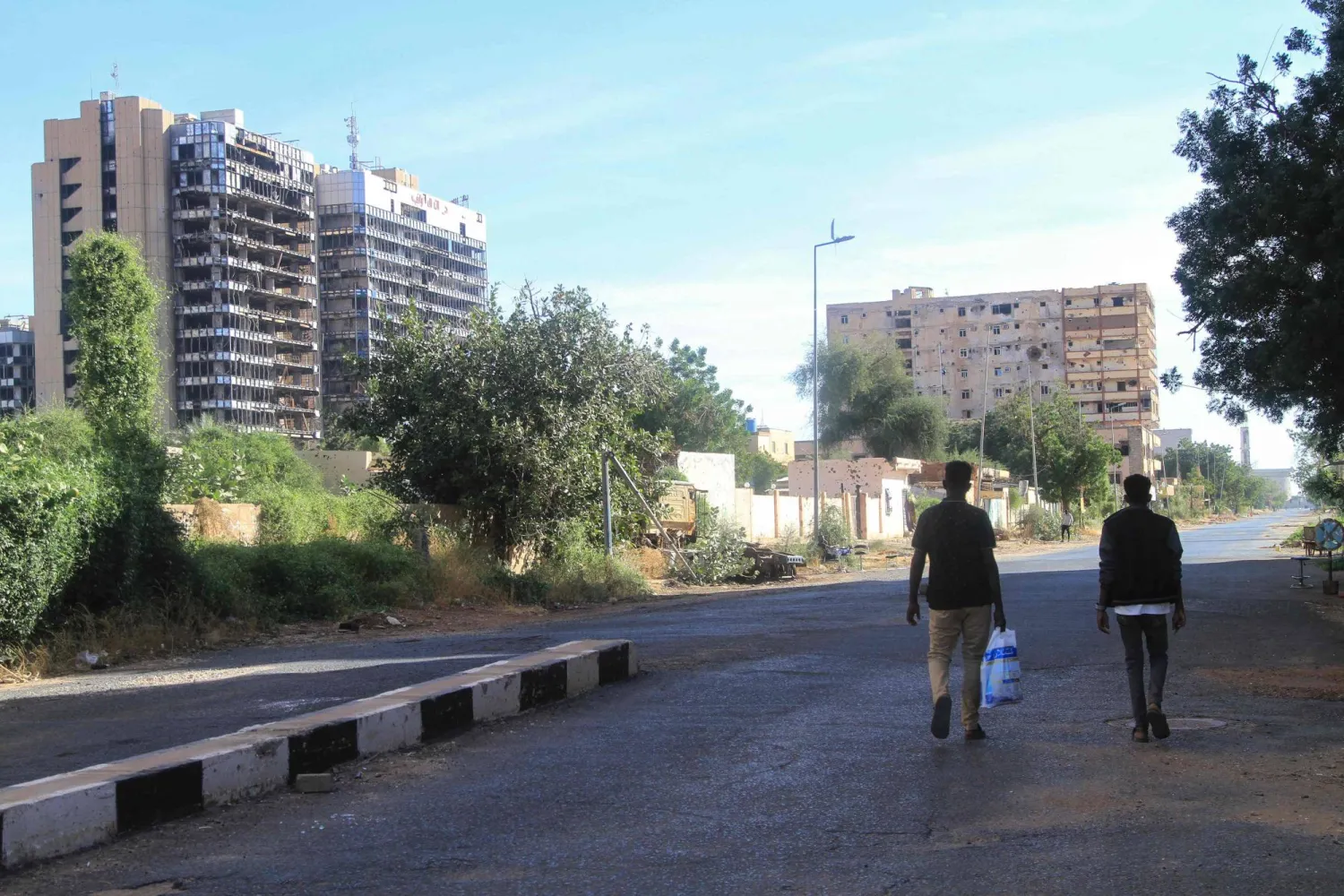It is no coincidence that Turkey announced the imminent conclusion of an agreement with Russia on a ceasefire in Libya after the two parties revealed a sudden crisis between them in northwestern Syria. It is not the first time that the two issues are intertwined.
Moscow supports President Bashar al-Assad in Syria and the commander of the National Army, Khalifa Haftar, in eastern Libya, and brings them together. Ankara, for its part, backs opposition factions in northern Syria and the Government of National Accord forces in western Libya, and connects their elements together.
Talks between Russian President Vladimir Putin and Turkish President Recep Tayyip Erdogan often revolve around these two issues. Each of them reinforces his allies or proxies with arms, ammunition and political support, and then talks about a ceasefire. The Turkish side benefited from the quiet “understandings” in the Syrian north to transfer mercenaries to the Libyan north. The Russian side recruited its mercenaries from southern and eastern Syria to fight in eastern Libya. Since the spring of this year, a thread has become obvious between the battles of Tripoli and Idlib, and later between the Idlib “truce” and the “buffer zone” in Sirte.
Thanks to the Putin-Erdogan agreement at the beginning of March, Idlib witnessed a truce for more than six months, for the first time since 2011. It was believed that Moscow did not respond to Damascus’ demands over Idlib and restore areas in its south in compliance with agreements with Ankara. Rather, Russian Foreign Minister Sergey Lavrov has “praised”, during a press conference with Syrian Foreign Minister Walid al-Muallem in Damascus, the Russian-Turkish understandings because they “expanded” areas of control of the Syrian government forces. The Turkish and Russian armies also began joint maneuvers after their joint patrols in Idlib, to confirm the depth of their understandings.
The US side was convinced that the situation in Idlib had entered a “lengthy stalemate” and that there were no upcoming military developments. Its only concern was to “hunt for the extremists” with "drones" and “ninja swords”.
The people of Idlib were similarly convinced that the situation had stabilized in this way, so they began to prepare for coexistence with the Turkish military, civil and economic infrastructure there.
Two days ago, an unexpected development happened. Military and political talks took place in Ankara between the delegations of the two countries. The Turkish side was surprised by new Russian demands to shrink its presence: Dismantling of observation points located in government-held areas between Hama, Aleppo and Idlib, and withdrawing heavy weapons from points in the south of the Aleppo-Latakia road. In the field, Russian planes stepped up bombing areas in Idlib, while the Russian army halted the patrols with the Turkish side. Russian media also began to warn of “chemical provocative attacks by terrorists in Idlib.”
Russia explained that its demands stemmed from the necessity of adhering to the terms of the Moscow agreement concluded last March, and that the goal was to protect the Hmeimim base and reopen economic channels by operating trade routes.
The Turkish response was no less tenacious: The Ankara delegation reminded its guests of the need to implement an oral agreement between the two parties, which included the “handover” of Manbij and Tal Rifaat in northern Aleppo, meaning that the Russian army expels the Kurdish People’s Protection Units to the east of the Euphrates.
Ankara did not forget to point to the Turkish military deployment on the ground. There are more than 12,000 soldiers in Idlib and its countryside, in addition to thousands of Turkish vehicles and around 60 observation posts, some of which are more like military bases. There are also thousands of Syrian fighters who are undergoing training under the supervision of the Turkish army. And on the border, there are about 50,000 Turkish soldiers, ready to move in if fighting breaks out. There are hundreds of “drones” in the skies over the north.
Ankara wanted to say that there were two options: The first is that a trade-off could take place between the south of the Aleppo-Latakia road with Tal Rifaat and Manbij, as happened in previous bargains, when Syrian government forces with Russian support, restored east of Aleppo and other areas in exchange for the entry of pro-Turkish factions into the areas of the Euphrates Shield areas and the “Olive Branch”, thus allowing Ankara to achieve a “strategic objective ” to dismantle any possible Kurdish-Syrian entity.
The second is a direct military confrontation between the two sides that threatens bilateral relations, military cooperation, and the relationship with NATO, in addition to Libya and other issues.
Suddenly, a third option emerged from the Libyan door. The cease-fire in Idlib is under threat, so is the tripartite Syrian political process of the guarantors of the Astana process.
In Libya, the ceasefire and the activation of the political process are imminent. The statements of Turkish Foreign Minister Mevlut Cavusoglu have indisputably expressed the extent of the interconnection between the two issues.
He said that the military and political meetings with the Russian side were “not very fruitful” with regards to Syria, which threatens the continuity of the ceasefire and calm in Idlib.
“If the ceasefire continues to be violated, the political process will be over,” he emphasized. But on the other hand, he revealed an understanding over Libya.
“We can say that we have come close to an agreement on the criteria for a ceasefire in Libya.”









